Electrical Control & Protection Systems
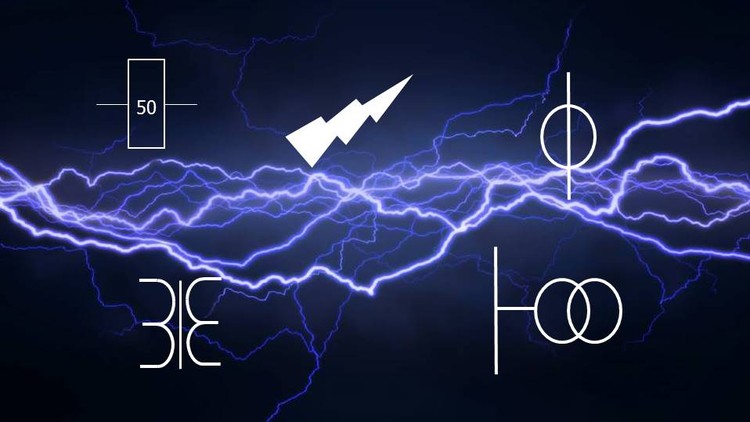
Why take this course?
🌟 Course Title: Electrical Control & Protection System
Headline: Dive into the World of Electrical Control & Protection Systems – Your Key to Mastering Power Distribution!
Course Description:
Electrical control & protection systems are the unsung heroes that ensure the reliable flow of power from generation points to our bustling cities and vital industries. These complex systems not only safeguard against system failure but also optimize performance. This course is meticulously designed to introduce you to the fundamental principles of these critical systems, essential for anyone looking to enter or advance in the field of electrical engineering.
What You'll Learn:
-
🏭 Substation Basics: Understand the architecture and key equipment within a substation protection system. Master the symbols used in electrical diagrams that depict these systems.
-
🧬 Protection Philosophy: Grasp the core principles behind electrical protection, which are fundamental to ensuring the safety of both personnel and infrastructure.
-
⚡ Three Phase Systems: Learn how to analyze three phase currents, delve into the importance of understanding sequence components and harmonics, and explore their impact on system operation.
-
🔧 Transformation Techniques: Get to grips with the functioning of current transformers (CTs) and voltage transformers (VTs), and learn about the different types of VTs you'll encounter.
-
🔥 Fault Analysis: Discover what happens when a fault occurs within the system, and how to diagnose and respond effectively to these events.
-
🔒 Circuit Breaker & Protection Systems: Delve into the intricacies of circuit breaker control and protection systems, and understand their role in coordinating with protection systems.
-
⏰ Overcurrent Protection: Explore overcurrent protection in detail, from basic to advanced applications, and see how it provides exceptional fault discrimination.
-
🌫️ Earth Fault Relays: Examine the different types of earth fault relays and their role in protecting critical equipment within the system.
By the End of This Course:
You will be equipped with a comprehensive understanding of all the key components that make up an electrical control & protection system. You'll be able to identify each component and understand how they work together cohesively, creating a robust and reliable protective mechanism for power systems.
Who Should Take This Course?
This course is perfect for:
- Electrical Engineering Students seeking a deep dive into protection systems.
- Practicing Engineers looking to refresh or expand their knowledge in this area.
- Technicians involved in the maintenance and operation of electrical control & protection systems.
- Professionals aiming to advance their careers within the power industry.
Join us on this electrifying journey through the complex world of electrical control & protection systems, where safety meets efficiency. Sign up now and transform your understanding of power distribution systems! 💥
Enroll today and step into the world of electrical mastery with our expert-led course on Electrical Control & Protection Systems. Let's power up your expertise together!
Course Gallery
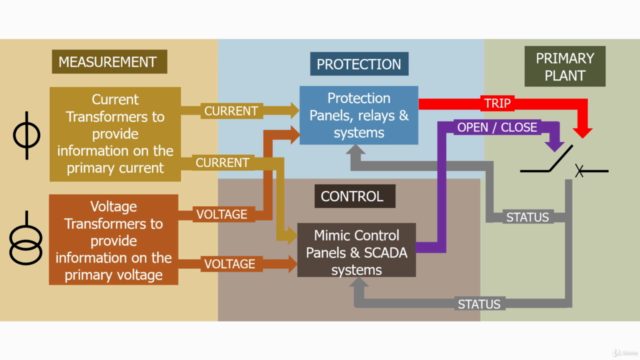
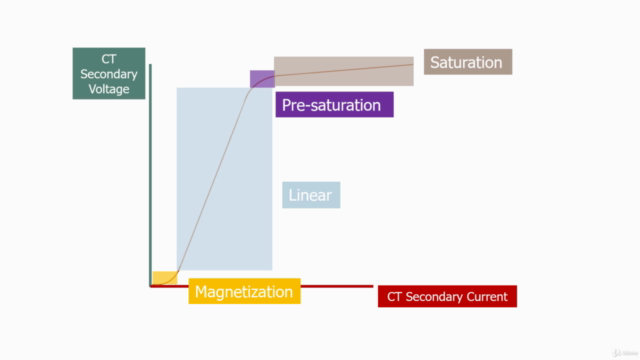
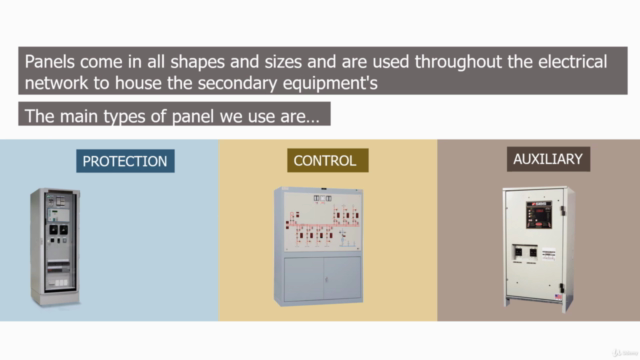
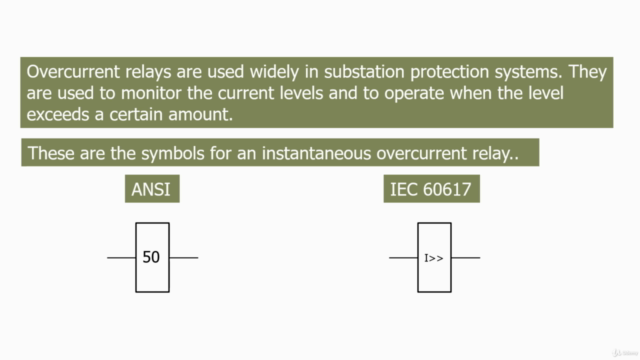
Loading charts...
Comidoc Review
Our Verdict
Electrical Control & Protection Systems" serves as a solid and accessible beginner's guide to electrical protection fundamentals. While it doesn't delve deep into intricate configurations, its engaging graphical explanations and real-world examples provide students with a well-rounded foundation for further study in this specialized domain. Potential course-takers should be prepared for an introduction without extensive coverage of different types of relays and their settings.
What We Liked
- Covers high-level basics of protection systems with simple calculations.
- Excellent graphical explanations bring equipment to life.
- Inclusive and accessible for engineers returning to the field, as well as beginners.
- Engaging real-world examples help clarify complex concepts.
Potential Drawbacks
- Lacks in-depth detail on setting up protection systems.
- Some diagrams don't match verbal explanations provided.
- Monotonous voice and unengaged presentation can be dull for some learners.
- Insufficient clarification of battery or DC system details.